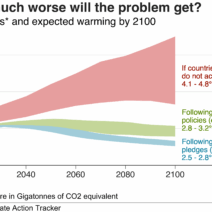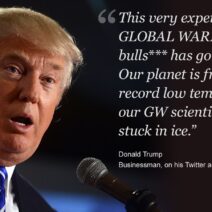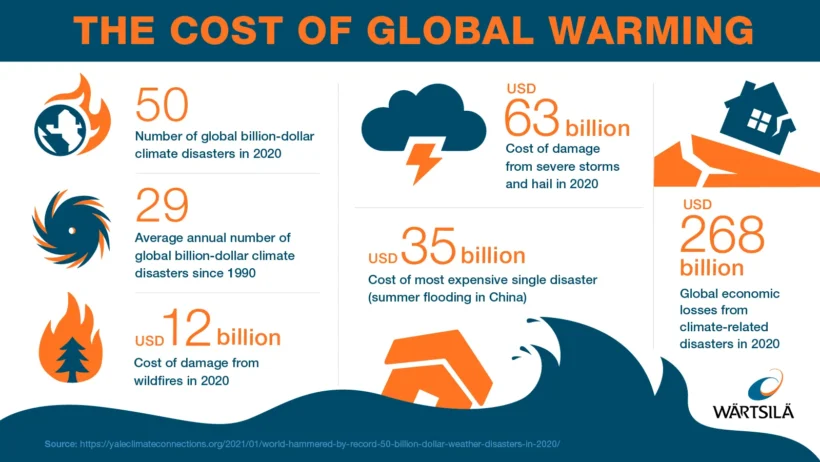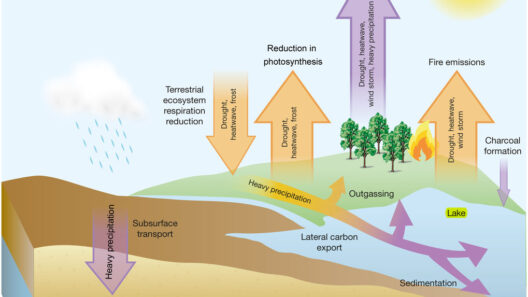Climate change is one of the most pressing issues facing humanity today, and its economic ramifications are profound and far-reaching. The phenomenon is not merely an environmental concern; it is an intricate web of economic consequences that affects individuals, communities, and nations on a global scale. Understanding how climate change impacts our economies requires a multidimensional approach that considers direct costs, indirect effects, and long-term implications.
First and foremost, one of the most visible effects of climate change is the increase in extreme weather events. Hurricanes, floods, droughts, and wildfires have become more frequent and severe due to the rising global temperatures. Each such event incurs substantial costs, not only in terms of immediate damage to infrastructure and property but also from the subsequent economic disruption. The insurance industry, for instance, faces skyrocketing payouts, while recovery efforts drain public resources and divert funding from other essential services. This triad of immediate, transitional, and remedial costs creates a cascading effect that can stifle economic growth and destabilize regions.
Moreover, agriculture, a cornerstone of the global economy, is under siege. Shifts in climate patterns disrupt traditional farming cycles, leading to crop failures and reduced yields. This is especially devastating for developing nations that rely heavily on agriculture for their economic sustenance. Food prices fluctuate dramatically, creating a ripple effect that exacerbates food insecurity and malnutrition. As staple crops become more challenging to cultivate, communities face higher costs for basic necessities, which in turn reduces disposable income and restricts local economic development.
But the ramifications do not stop at immediate economic loss; they extend into public health. Climate change exacerbates health issues by fostering conditions for diseases to thrive. The spread of vector-borne diseases—such as malaria and dengue fever—has increased in many regions due to warmer temperatures. The healthcare costs associated with treating these diseases can overwhelm public health systems, leading to increased taxes and reduced governmental support for other essential services. The economic burden becomes heavier as productivity declines in a sicker workforce, generating a paradox of rising healthcare expenses and diminished economic output.
Furthermore, climate change places a significant strain on financial markets. Investors are increasingly wary of the implications of climate disruption on various sectors. Natural disasters can devalue investments and lead to market instability. Companies that fail to adapt to sustainable practices may face lawsuits, while those that operate in carbon-intensive industries risk being penalized under emerging regulatory frameworks aimed at curbing emissions. This volatility can deter investment in both traditional and emerging markets, stifling innovation and economic advancement.
Urban areas, too, are at the frontline of climate change’s economic toll. Many cities grapple with aging infrastructure that becomes ill-equipped to deal with increasing temperatures, heavy precipitation, and rising sea levels. The cost of retrofitting infrastructure—or, in some cases, relocating entire communities—is astronomical. Not only do these renovations require funds, but they also demand social cohesion and political will, which can be difficult to mobilize in the aftermath of crises.
In addition to structural costs, climate change creates an intricate web of inequality. Wealth disparity can deepen as marginalized communities—often the least responsible for greenhouse gas emissions—bear the brunt of climate-related economic fallout. Access to resources, effective disaster recovery, and climate adaptation strategies vary significantly by socioeconomic status. Those with fewer means may find it increasingly difficult to cope with the consequences of climate change, perpetuating a cycle of poverty that is counterproductive to any efforts aimed at achieving sustainable economic growth.
Long-term economic forecasts suggest that inaction on climate change may lead to a loss of trillions of dollars globally. The costs of clean-up, healthcare, and lost productivity are compounded when considering how these factors inhibit economic progress. Transitioning towards a sustainable economy—through the incorporation of green technologies and renewable energy sources—offers a counter-narrative to this bleak future. By investing in renewable infrastructures, nations can not only mitigate the devastating impacts of climate change but also catalyze job creation and stimulate economic growth.
Adopting sustainable practices presents an opportunity for innovation and economic transformation. Green technologies, such as solar and wind energy, have shown great promise and are increasingly integrated into national energy grids. These alternatives not only help to diminish carbon footprints but also provide the foundation for burgeoning industries, offering the potential to revitalize local economies through job creation and investment opportunities.
Moreover, embracing sustainability also enhances resilience. Communities that invest in adaptation strategies—from improved building codes to green spaces—can better withstand the impacts of climate change. The level of preparedness often determines the ultimate economic consequences. Proactive measures mitigate risk, lessen damage, and facilitate quicker recovery, which is crucial in an era of heightened vulnerability.
In conclusion, the economic consequences of climate change are both alarming and all-encompassing. From immediate disaster-related costs to long-term impacts on health, agriculture, and financial stability, the burden is felt across various sectors and communities. Yet, it is crucial to remember that addressing climate change offers significant economic opportunities. By prioritizing sustainability, investing in innovative technologies, and equipping the most vulnerable populations with resources, society can shift towards a more resilient and robust economic framework. The responsibility lies with us all to recognize these intertwined challenges and seize the potential for a more sustainable economic future.





